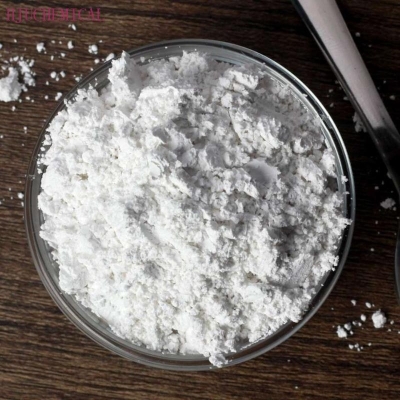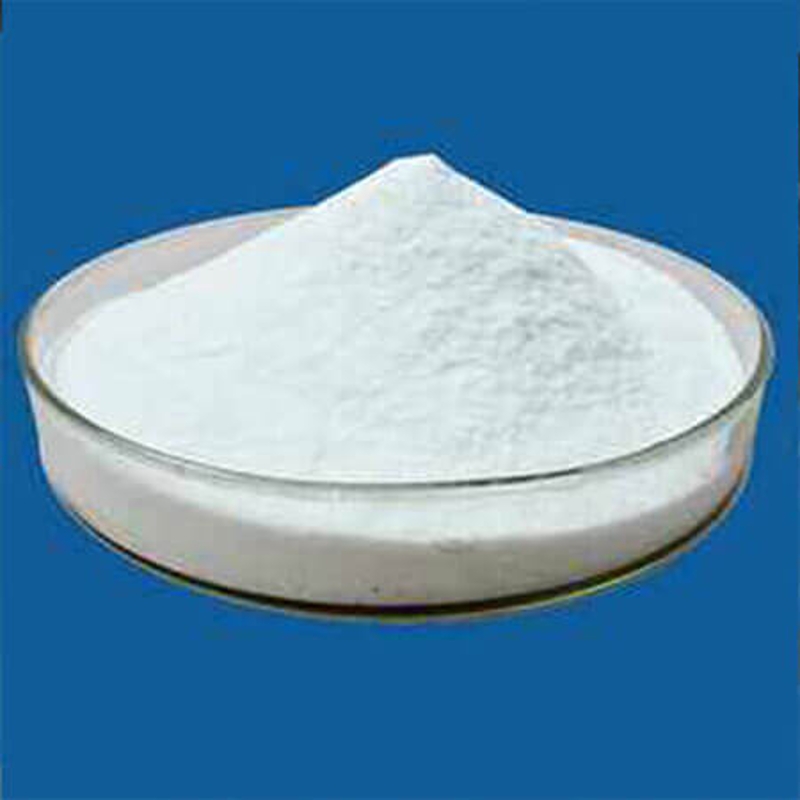Cosmetic Ingredient
- • Abrasive (124)
- • Absorbent (84)
- • Anticaking (66)
- • Anticorrosive (25)
- • Antifoaming (19)
- • Antimicrobials (290)
- • Antioxidant Ingredient (393)
- • Antiperspirant (20)
- • Antiplaque (48)
- • Anti-seborrheic (38)
- • Anti-sebum (39)
- • Antistatic (458)
- • Astringent (162)
- • Binding Agent (172)
- • Bleaching Agent (53)
- • Buffering (191)
- • Bulking (109)
- • Chelating (122)
- • Cleansing (679)
- • Cosmetic Colorant (212)
- • Cosmetic Preservative (158)
- • Denaturant (45)
- • Deodorant (98)
- • Depilatory (27)
- • Dissolving Agent (298)
- • Emollient (795)
- • Emulsifying Agent (480)
- • Emulsion Stabilising (154)
- • Exfoliating (19)
- • Film Forming (299)
- • Flavouring (72)
- • Foam Boosting (161)
- • Foaming (101)
- • Fragrance Ingredient (726)
- • Gel Forming (19)
- • Hair Conditioning (670)
- • Hair Dyeing (363)
- • Hair Fixing (36)
- • Hair Waving or Straightening (45)
- • Humectant (282)
- • Hydrotrope (92)
- • Keratolytic (20)
- • Light Stabilizer (80)
- • Moisturising Agent (50)
- • Nail Conditioning (42)
- • Occlusive (20)
- • Opacifying (119)
- • Oral Care (123)
- • Oxidising (19)
- • Perfuming (2105)
- • Plasticiser (98)
- • Propellant (19)
- • Reducing (50)
- • Refatting (12)
- • Refreshing (26)
- • Skin Cleansing (388)
- • Skin Conditioning (1751)
- • Skin Humectant (21)
- • Skin Protecting (282)
- • Smoothing (31)
- • Soothing (71)
- • Tonics (155)
- • UV Filter (34)
- • Viscosity Controlling (532)
Chemicals as Skincare Ingredients
Related News
-
Pfizer China Oncology Division Restructures Amid Executive Changes
2025-03-19 -
Price Surge Alert as Major Suppliers Increase Barium Sulfate Costs by 200 Yuan per Ton
2025-03-20 -
Shell Considers Partnering with the U.S. and Closing European Chemical Assets
2025-03-26 -
Quaker Houghton Acquires Dipsol Chemicals, Strengthening Advanced Solutions Portfolio
2025-03-27 -
AstraZeneca to Invest $2.5 Billion to Establish Global Drug R&D Center in Beijing
2025-03-25 -
Saudi Aramco CEO: Invest in downstream projects in China's energy, chemical and other fields
2025-03-28
Antifoaming
Simethicone
(8050-81-5)-
Cosmetics Grade / 99%
$100/KG EXW
-
Cosmetics Grade / 100%
-
Pharmacy Grade / 99.9%
-
Request for quotation , get quotes from more suppliers.
Polysiloxanes, di-Me, hydroxy-terminated
(70131-67-8)-
Industrial Grade / 99%
$1-1.3/KG FOB
-
-
Pharmacy Grade / 99%
-
- / 99.00%
Request for quotation , get quotes from more suppliers.
Phenyltris(trimethylsiloxy)silane
(2116-84-9)-
Reagent Grade / 99%
$78-82/KG FOB
-
API Grade / 98%
$500-600/KG FOB
-
-
- / 99.00%
Request for quotation , get quotes from more suppliers.
-
Cosmetics Grade / -
-
Industrial Grade / 99%
-
Chemical Grade / 99%
-
Pharmacy Grade / 99%
Request for quotation , get quotes from more suppliers.
Octamethyltrisiloxane
(107-51-7)-
Industrial Grade / 99%
-
![[2-Methoxy(Triethyleneoxy)Propyl]-1,1,1,3,3-Pentaethoxy-1,3-Disilapropane buy [2-Methoxy(Triethyleneoxy)Propyl]-1,1,1,3,3-Pentaethoxy-1,3-Disilapropane]()
-
![POLY(DIMETHYLSILOXANE), HYDROXY TERMINATED buy POLY(DIMETHYLSILOXANE), HYDROXY TERMINATED]()
-
![POLY(DIMETHYLSILOXANE), HYDROXY TERMINATED buy POLY(DIMETHYLSILOXANE), HYDROXY TERMINATED]()
Industrial Grade / 99%
Request for quotation , get quotes from more suppliers.
-
Industrial Grade / 99.0%
-
![POLYPHENYLMETHYLDIMETHYLSILOXANE buy POLYPHENYLMETHYLDIMETHYLSILOXANE]()
Industrial Grade / 99%
-
![Poly[oxy(methylphenylsilylene)] buy Poly[oxy(methylphenylsilylene)]]()
-
![POLYPHENYLMETHYLDIMETHYLSILOXANE buy POLYPHENYLMETHYLDIMETHYLSILOXANE]()
Request for quotation , get quotes from more suppliers.
-
Food Grade / 99%
-
Industrial Grade / 99%
$3.5-4/KG FOB
-
Industrial Grade / 99.5%
-
![Silane, dichlorodimethyl-, reaction products with silica buy Silane, dichlorodimethyl-, reaction products with silica]()
Industrial Grade / 99%
Request for quotation , get quotes from more suppliers.
-
![Mulberry, Morus alba, ext. buy Mulberry, Morus alba, ext.]()
Industrial Grade / 99%
-
![Mulberry leaf extract buy Mulberry leaf extract]()
Industrial Grade / 99%
$0.1/KG EXW
-
![Mulberry, Morus alba, ext. buy Mulberry, Morus alba, ext.]()
- / 0.99%
-
Request for quotation , get quotes from more suppliers.
-
![bis(3-methylbutyl) sebacate buy bis(3-methylbutyl) sebacate]()
Industrial Grade / 99.0%
-
![bis(3-methylbutyl) sebacate buy bis(3-methylbutyl) sebacate]()
-
![bis(3-methylbutyl) sebacate buy bis(3-methylbutyl) sebacate]()
-
![bis(3-methylbutyl) sebacate buy bis(3-methylbutyl) sebacate]()
Industrial Grade / 99%
Request for quotation , get quotes from more suppliers.
More Information
Antifoaming agents are essential components in formulating cosmetic products to prevent excessive foam formation, especially in formulations like cleansers and shampoos. They work by disrupting the surface tension of liquids, thereby minimizing the formation of bubbles. This prevents foam buildup, ensuring the product's texture remains smooth and manageable during use.
When antifoaming agents are incorporated into formulations, they act to destabilize the liquid's surface tension, preventing the aggregation of bubbles. This disruption helps maintain the product's consistency and prevents it from becoming overly frothy, which can hinder its effectiveness.
In cosmetic formulations, antifoaming are used in:
•Cleansers
•Shampoos
•Liquid soaps












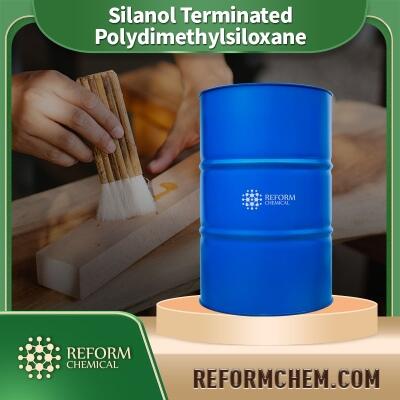


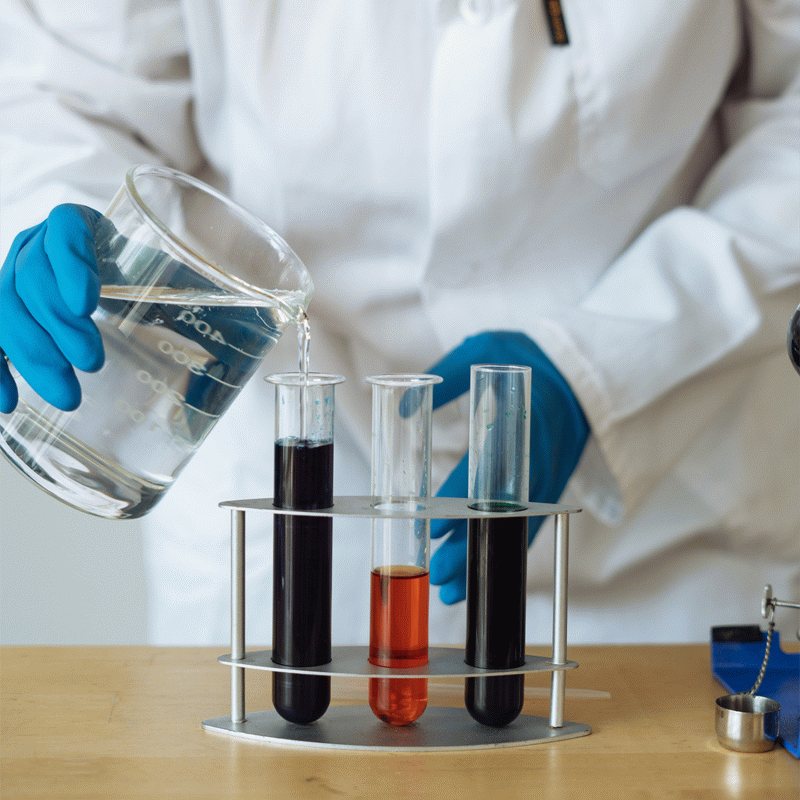
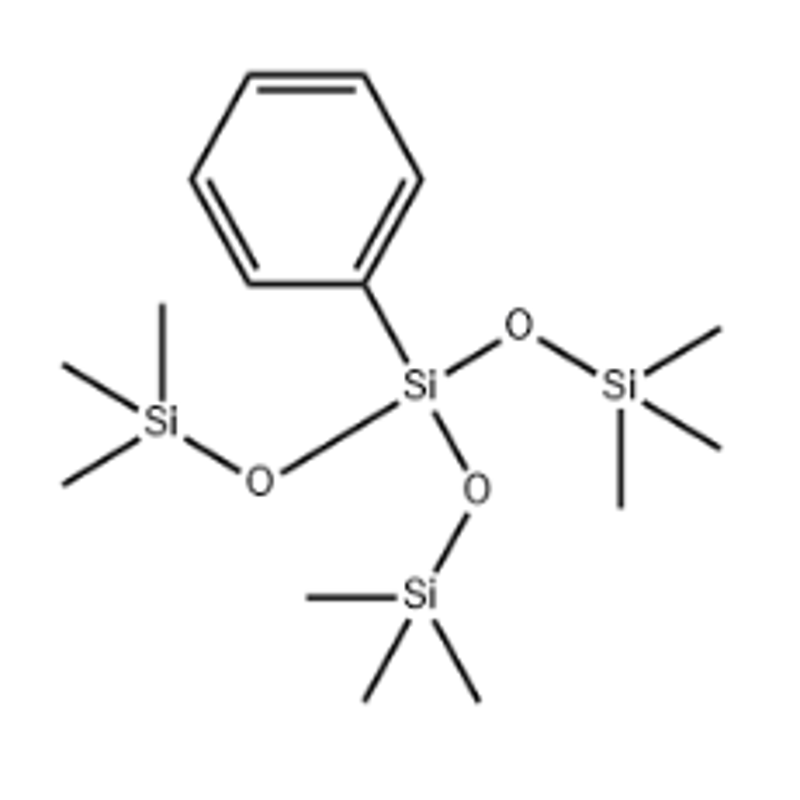

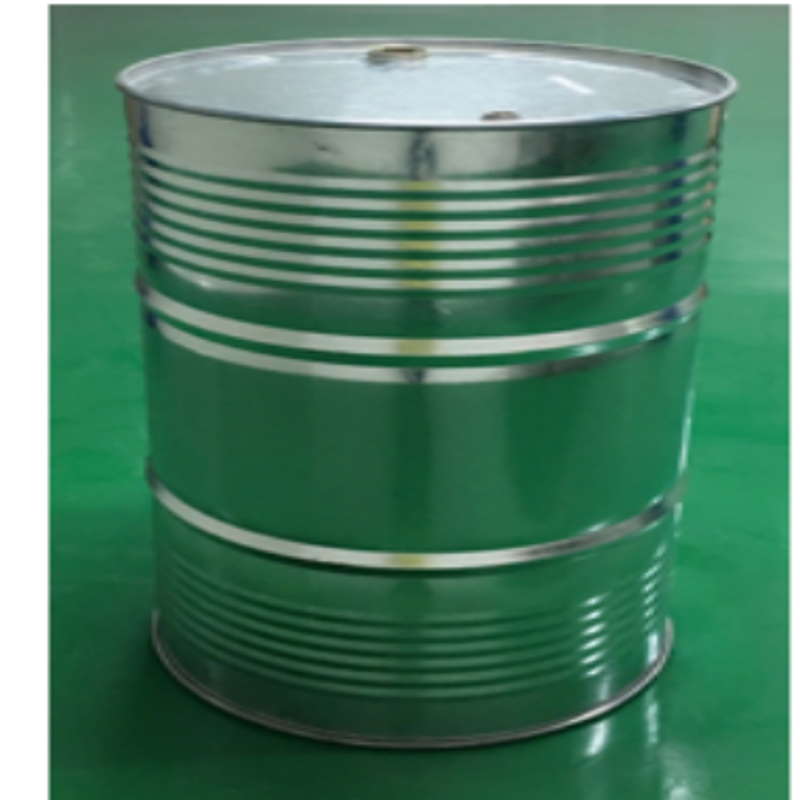




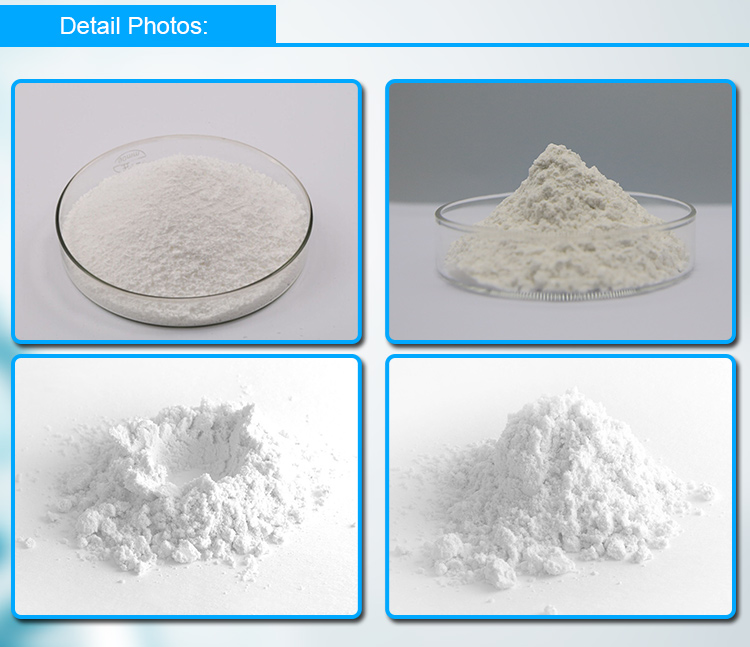
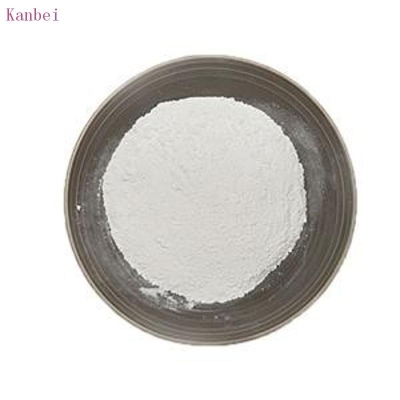
![[2-Methoxy(Triethyleneoxy)Propyl]-1,1,1,3,3-Pentaethoxy-1,3-Disilapropane buy [2-Methoxy(Triethyleneoxy)Propyl]-1,1,1,3,3-Pentaethoxy-1,3-Disilapropane](https://file.echemi.com/fileManage/upload/canonicalSmiles/20220812/19d31f0774d44e3db6482229137f7835.png)



![Poly[oxy(methylphenylsilylene)] buy Poly[oxy(methylphenylsilylene)]](https://file.echemi.com/fileManage/upload/canonicalSmiles/20220812/874e9025d2fe4906b3e8a9ce3fef7c7b.png)
